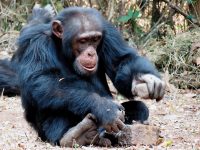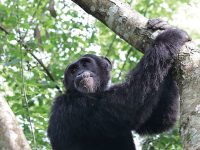Transparency is key
Communication in animal research
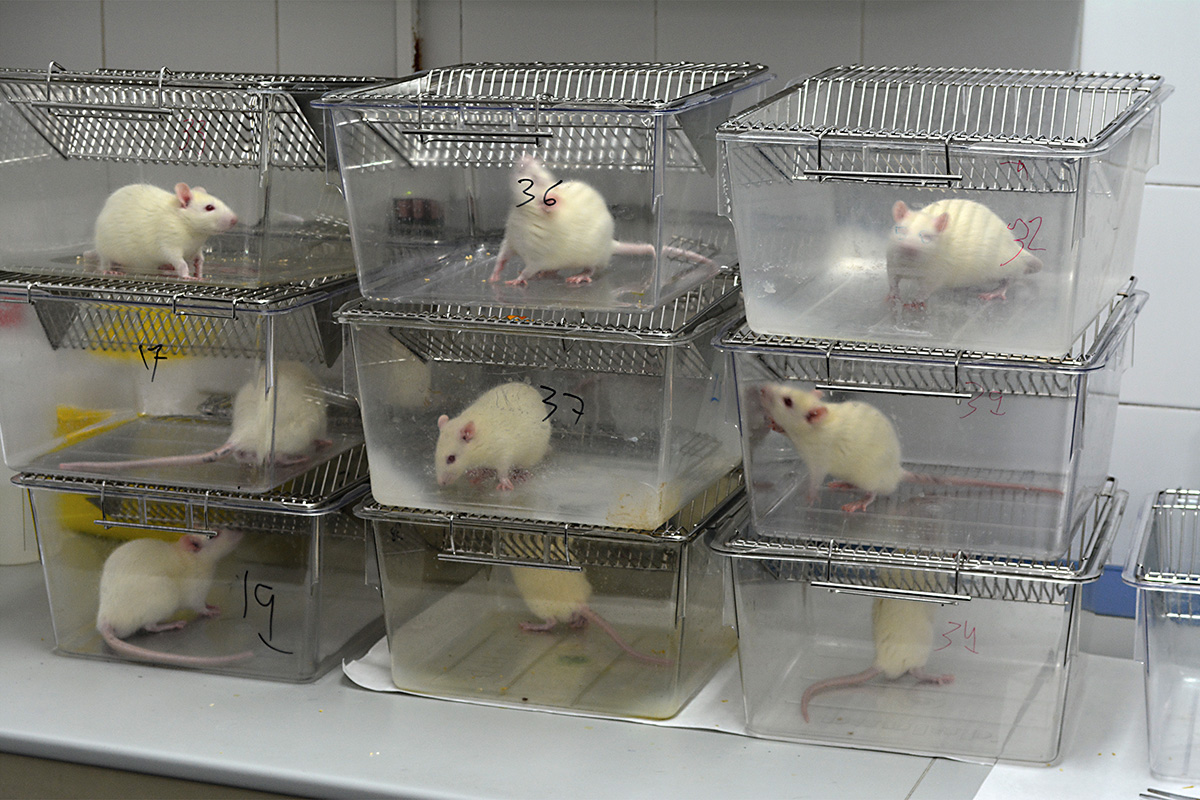
The lack of information from institutions and organisations regarding the use of animals in scientific research produces a specialised communication niche which non-scientific groups have exploited to make public opinion sympathetic to them. Public opinion is linked to societal development. Lack of information leads to the creation of unfounded opinions that are alien to scientific and technological development and contribute to the progressive introduction of restrictive measures that are detrimental to scientific research and social development. Conversely, an informed society can and must participate in the development of responsible research that aligns inquiry and its potential benefits with the needs of society itself from the earliest research and development stages.
Keywords: animal research, animal models, transparency, communication, public opinion
«Responsible research also requires sharing results with the citizens, so they can have informed opinions»
The first animal research communication crisis I witnessed as a professional in the field occurred in September 2014. A German television channel broadcasted a seven-minute documentary showing images of monkeys used for research at the Max Planck Institute for Biological Cybernetics at Tübingen. The video, edited to convey as mush cruelty and suffering as possible, showed bloody monkeys with scars on their heads after having undergone brain surgery. The images, secretly recorded over six months by an activist undercover as a laboratory technician, circulated on the Internet and reached every corner of the world. The Max Planck Society, to which the centre is affiliated, and which is one of the most prestigious research organisations in Germany, was subjected to intense scrutiny by media and public opinion because of this video. The media pressure was so significant that it led to police inspections at the research premises in the search for documents that could help to clarify what had happened and to assign responsibilities.
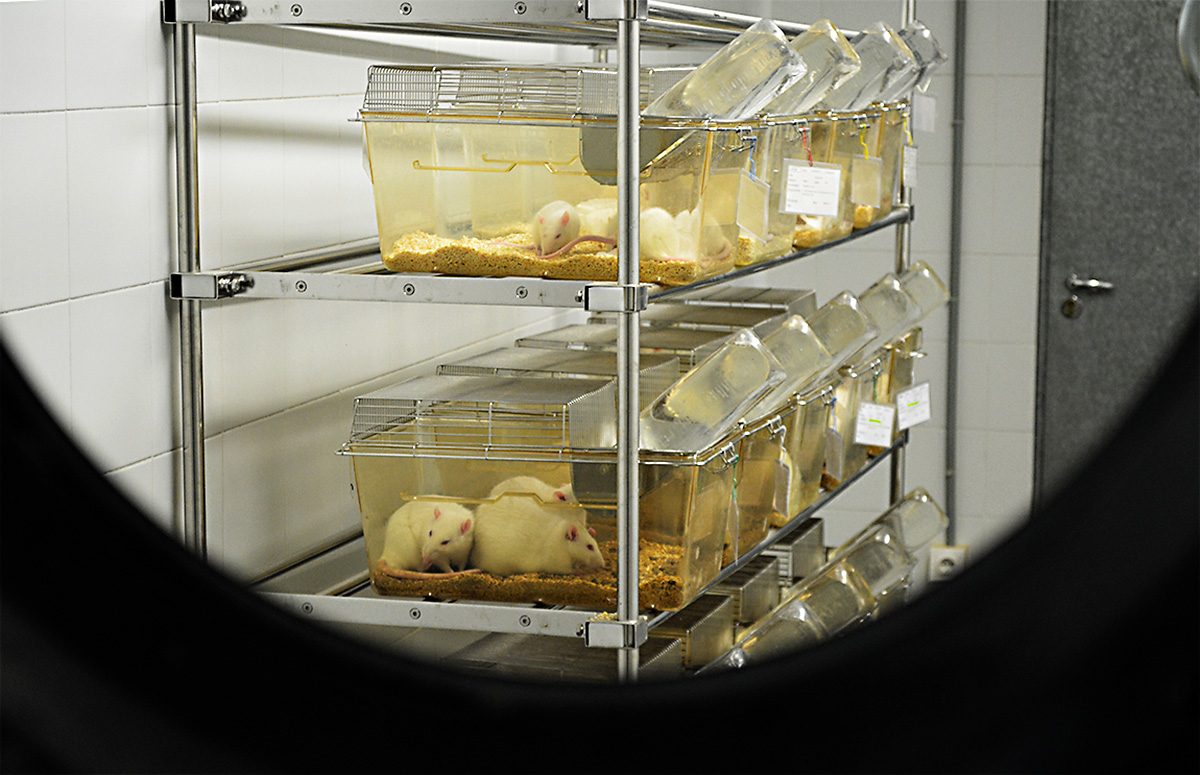
Paula Navarro
Several days later, the Max Planck Society published a statement on its website informing that, apart from the independent inquiry carried out by the authorities, they had also asked for advice from an expert on research with non-human primates, the director of the German Primate Centre, Stefan Treue, to help the organisation to reach a verdict on what had happened as soon as possible. In his report, Treue concluded that no negligence had occurred in connection with the animals and that, in some cases, as also happens in humans after surgery, post-operative bleeding had occurred. In response to Treue’s analysis, the president of the Max Planck Society, professor Martin Stratmann, announced that they would increase the permanent care of the animals by hiring a new veterinary officer and introducing a new electronic system to monitor the animals’ care. He also announced that the institute would not apply for new primate research licenses until the events had been clarified.
Unfortunately, the incident at this centre was not isolated. Other similar cases, or cases with similar intentions, occurred at Imperial College London in 2013, at the University Hospital Gregorio Marañón in Madrid in 2015, and at the Free University of Brussels in 2016. The manner and timeliness in which these challenges are answered are crucial to maintaining the reputation of the institution and its regular functioning.
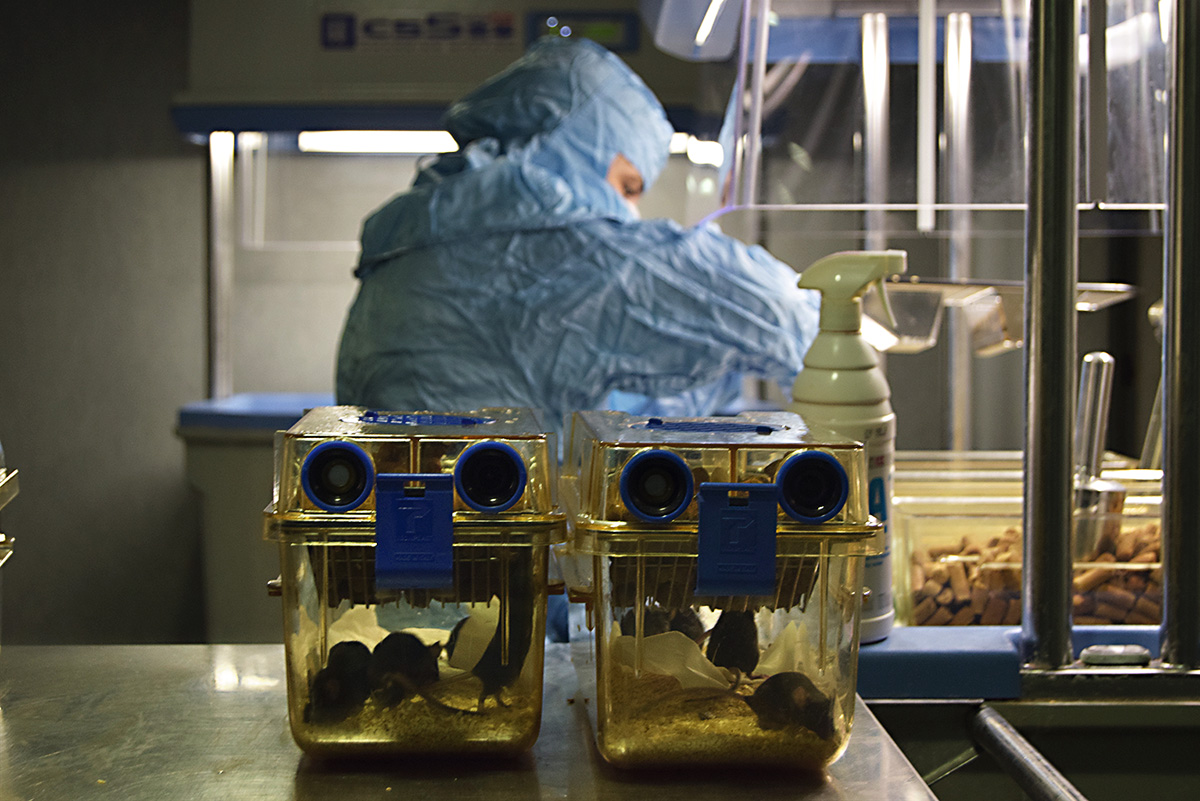
Concha Molina
Learning from past lessons
An empathic, informative, and timely response is more effective than an elaborate or delayed one. The case of the Max Planck Society contrasts with that of the University of Cambridge a few years earlier. In 2013, an undercover activist published a video and a report about a neurological research project in sheep that was carried out in that university. The report and video accused the centre of causing needless suffering to these research animals. The university promptly published a statement carefully explaining the research project the report and video referred to and arguing that, although animal-related work was carried out under very strict rules and with very high levels of animal comfort, all allegations would be investigated. A few days later, they countered every accusation in a statement on their website. The British regulators’ investigation concluded that the centre, animal carers, and researcher responsible for the project had not violated any rules.
«For several decades, the United Kingdom has had some of the most active, strong, and controversial movements against animal experimentation»
The existence of undercover reports and secretly-obtained recordings responds to a breach in the system. The lack of communication from researchers and research centres leaves an information gap that other agents will try to fill. Information kept locked away can be exposed through legal action or, in other cases, through fraudulent strategies amplified through online platforms. When the information vacuum is filled with allegedly «stolen» information, the audience reacts with surprise and alarm. Presenting previously unknown information – or information known only in small specialised circles – attracts very effectively the attention of many different audiences. In addition, sharing it alongside an emotional and apparently credible narrative can help to determine the opinion of an undecided audience or one without knowledge of the cause. An indecisive audience can be easily influenced. The goal of exposing this sort of information is not only to force the authorities to terminate the centre’s licenses, but to cause an institutional reputation crisis which reduces its credibility and recognition. A quick, clear, brief, and consistent response by research centres, their governing boards, and communication offices can prevent the consequences of an information leak.
High quality and competitive research must be carried out in a responsible, collaborative, and transparent manner, so it can help us to confront the global threats our society faces. With this objective, the European Union, in its Horizon 2020 framework research support programme, proposed a strategy to promote the dialogue between society, the authorities, and the scientific community so that, together, they can align their research and results with the needs, values, and expectations of society. This responsible research – as defined by the Commission – aims to increase its own quality and impact. High quality research favours competitiveness, which in turn promotes economic growth and job creation. Responsible research also requires sharing results with the citizens, so they can have informed opinions and thus, increase the participation of society in democratic processes.
To conduct responsible research, and to avoid communication and reputation crises, transparent communication is fundamental.
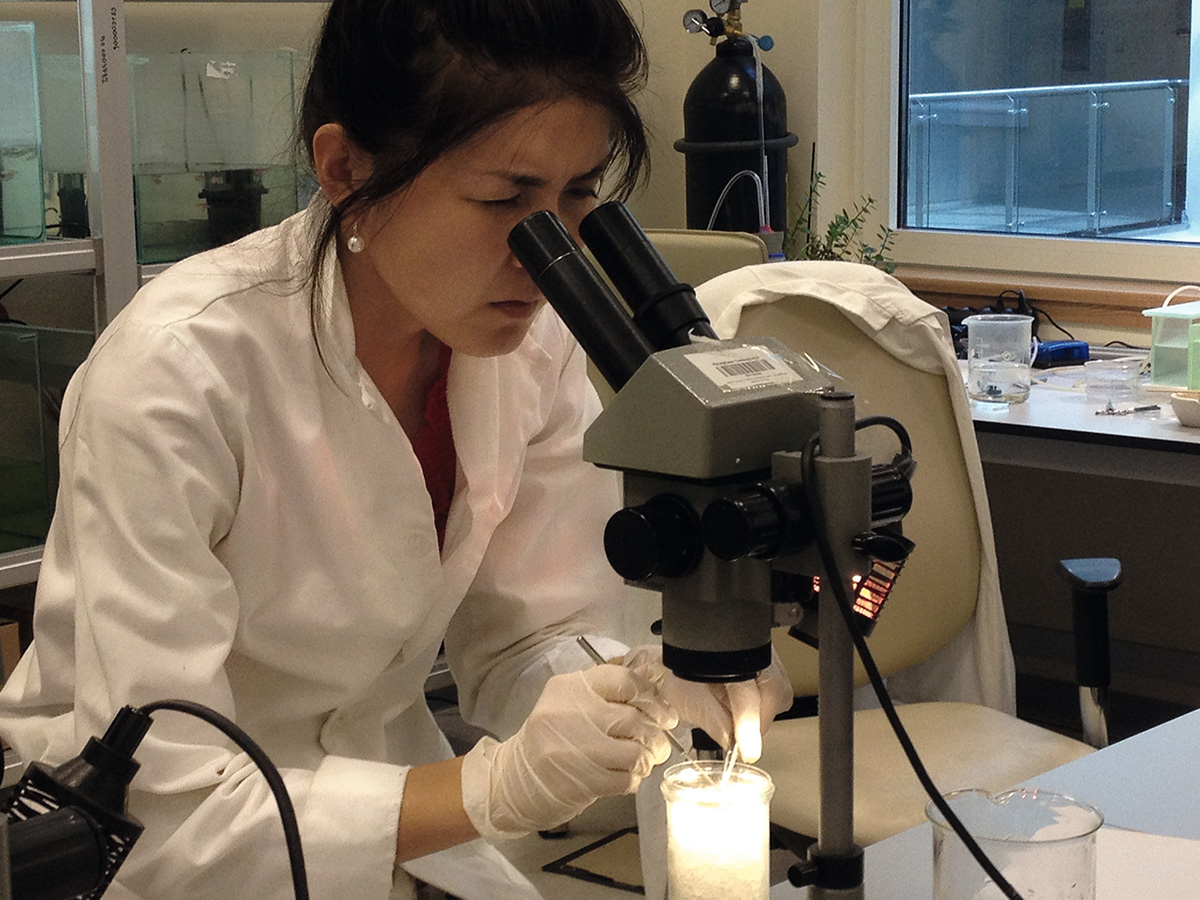
A survey conducted by Nature in 2011 showed that 92 % of researchers considered animal research essential for the advancement of biomedicine. The image shows a researcher isolating a zebrafish brain.
Transparency in animal research communication
A survey conducted by Nature in 2011 showed that 92 % of researchers considered animal research essential for the advancement of biomedicine (Cressey, 2011). Despite this conclusive data, only 66 % of European citizens agree with this idea, according to the 2010 Eurobarometer, which gathered opinions on animal research among the citizens from 27 countries in the Union (European Commission, 2010). Where does this difference of opinion originate?
Both researchers and research centres have the obligation to investigate responsibly and to subsequently communicate their results and procedures to the scientific community and the rest of society. Providing reliable, intelligible, and regular information on the use of animals in scientific research facilitates understanding between these different parties. An audience that knows and understands how scientific research operates, and the role that animal models play in it, is more inclined to support research and its diverse practices.
«A quick, clear, brief, and consistent response by research centres can prevent the consequences of an information leak»
Examples of transparency in Europe
For several decades, the United Kingdom has had some of the most active, strong, and controversial movements against animal experimentation, some of which have even touched the limits of legality. Tired of the constant threats, the scientific community demanded more government protection for scientific-technological and industrial development (given that it is one of the country’s main interests), as well as tougher measures against this type of coercion. The government’s response was clear: in exchange for support for the scientific community’s use of animals in research, the community itself had to actively participate in the public dialogue and lead the movement to explain the need and benefit of using animal models. Following this categorical response, in 2014 the Concordat on Openness on Animal Research in the United Kingdom (Understanding Animal Research, 2014) was launched and presented four commitments that every research centre who endorsed the concordat should follow to improve the information available in the public domain about its use of animals in research.
Prior to the publication of this concordat, a long and intense dialogue was established between researchers, citizens, animal welfare groups, and organisations supporting research. Thanks to this concordat, most institutions involved in animal research in the United Kingdom have public, free, and easily accessible policies regarding these practices, whether they are developed in these centres themselves or supported or funded by them. Involvement of the scientific community in the defence and communication of research with animals made it possible for the government to toughen sentences against the extreme activities of animal rights groups.
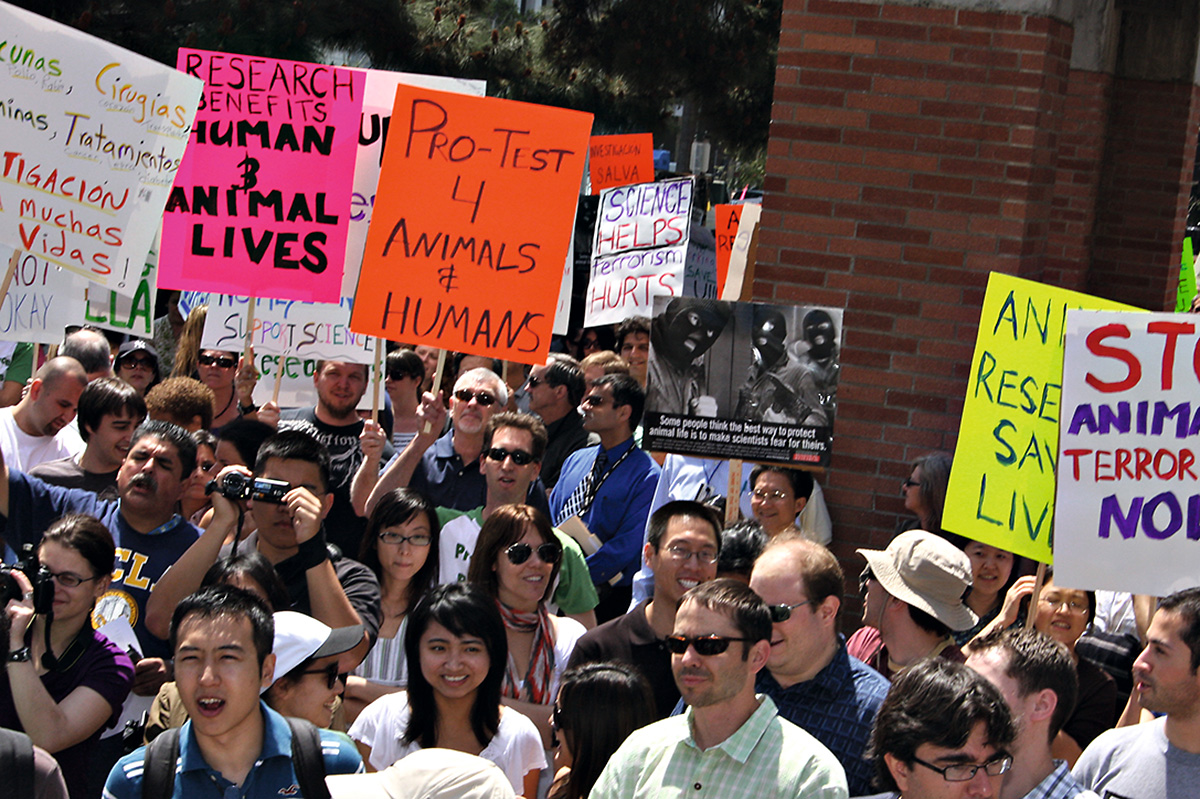
Kathryn Knowlson
In the case of Germany, before the incident at the Tübingen Institute for Biological Cybernetics, the Max Planck Society was reluctant to report on animal research at its centres. However, their position changed because of the Tübingen video. After this incident they decided to form a commission to advise the president of the Society, professor of neuroscience Wolfgang Singer, with the aim of developing a strategy for animal research and its communication. Some of the experts on the committee were members of the society and some were not; among them, Mark Walport, Scientific Advisor to the British government between 2013 and 2017, and Anne Glover, Chief Scientific Advisor to the European Commission until 2016, stand out. The Executive Director of the European Animal Research Association (EARA), Kirk Leech, also participated on the committee as an expert in communication. The result was the white paper on animal experimentation at the Max Planck Society (Max Planck Society, 2017), which establishes the institution’s strategy to promote – in over twenty centres where the society uses animal models – transparent animal research and the allocation of responsibilities.
Another relevant example regarding the transparency of animal research communication is a statement published in Belgium in April 2016, coinciding with the World Animal Day (EARA, 2016a). In the statement, 24 research organisations, both public and private, announced their intention to improve information available in the country about the use of animals in research. Since then, many of these institutions have published data about their practices on their websites, have participated in the public dialogue, and have collaborated with the media and other interested organisations. Achieving this level of collaboration between the public and private sectors in Belgium, a remarkably segregated country, clearly illustrates the importance that the Belgian scientific community places on improving public opinion about animal research.
Examples of transparency in Spain
Since 2005, any planned experiments on animals carried out in Spain must first be evaluated by an ethics committee. Similarly, following the adoption of the European Directive 2010/63 and the subsequent Royal Decree (Real Decreto 53/2013), apart from obtaining ethical approval, all research projects using animals must also publish a non-technical summary of the work on the Spanish Ministry of Agriculture, Fisheries, Food, and Environment’s website. The aim of these summaries is to contribute to research transparency and to inform society about projects using animal models.
Spain also joined the trend in the rest of Europe towards transparency. In September 2016, the Spanish Confederation of Scientific Organisations and Societies (COSCE in its Spanish acronym), in collaboration with the EARA, published the Transparency agreement on animal research in Spain (EARA, 2016b). This agreement formulates four principles for clear and proactive communications regarding the use of animals in research, which the more than 100 centres adhering to it must implement to contribute to improving the information available. Since its presentation, almost half of these organisations have published an institutional policy on their use of animals in research on their websites. The level of detail differs between each organisation, depending on the internal practices of each institution.
The trend towards transparency spreading through Europe is not meant to be understood or implemented by its participants merely as a box-ticking exercise, but rather, as an invitation to reflect, adapt, and improve their processes, strategies, and values. In short, it is an exercise of constant evolution. To be able to communicate with transparency, one must be transparent. Otherwise, transparency cannot be promoted and communication with society cannot be improved. This involves being honest and trying to promote participatory dialogue based on educating, informing, and sharing knowledge and good practices. It does not imply that every institutional policy item need be listed in exhaustive detail, but rather, that these documents must exist and be communicated whenever necessary to help society to understand the value of animal research and thus, leave no place for misunderstandings.
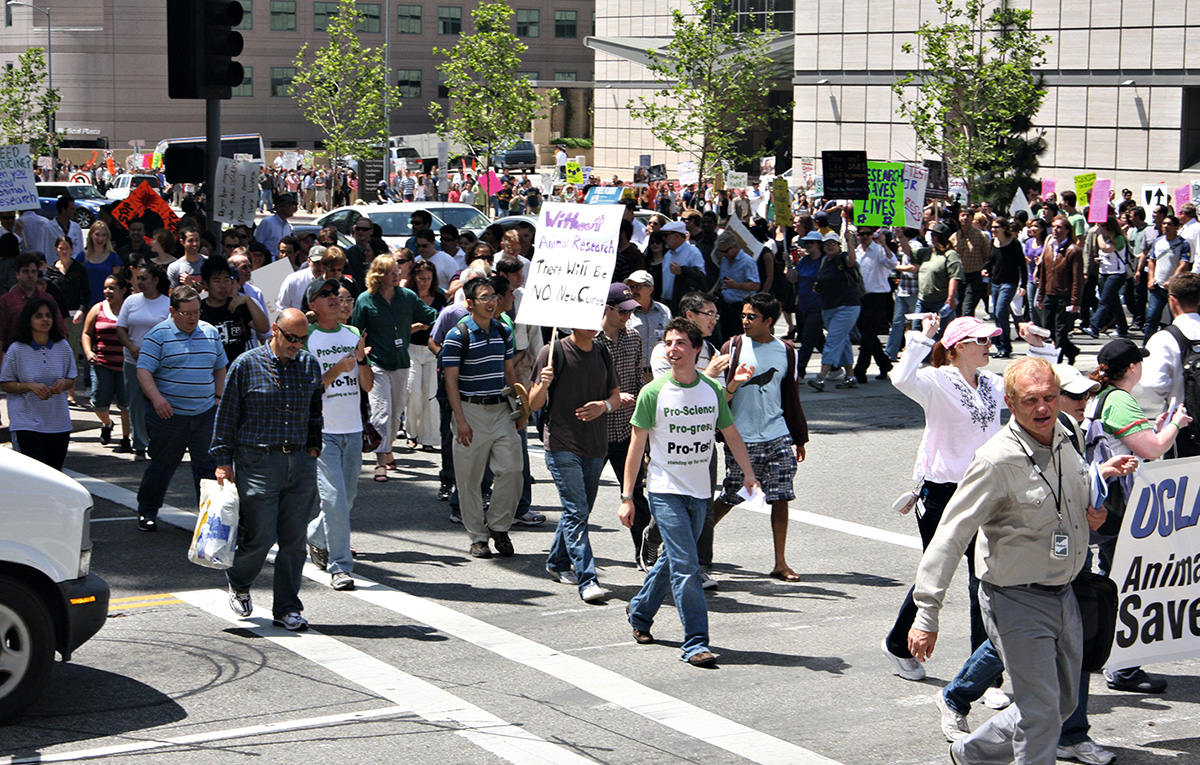
A march against animal research at the University of
California in 2009. / Kathryn Knowlson
Good communication practices in animal research
In their role as national champions of scientific and technological development, researchers must disseminate and transmit knowledge to foster this development. To participate in the public dialogue and promote transparency, one must listen, identify, recognise, analyse, and respond to the dilemmas that society may have when facing potential bioethical problems, as is the case of animal research. Thus, all the parties interested in establishing a constructive dialogue must interact, collaborate, and learn from each other.
However, partaking in dialogue requires preparation. Then, what questions do people most often ask about animal research? Preparing means that the responses to these questions must be ready at the institutional level, and these can also serve as the basis of the organisation’s policy report. Therefore, all the scientists and staff at the institution can consistently communicate the same message with confidence. To normalise these practices among all the centre’s employees, these messages must be integrated into the internal communications in periodic bulletins, clauses in personnel contracts, on the intranet, and in seminars or any other dissemination channel available.
In turn, this information must also be centralised at a single, easily accessible point and be the responsibility of a coordinator. This person must be responsible not only for maintaining and updating the information, but also for proactively promoting its content within the centre and looking for new opportunities to achieve this goal.
Once the institutional basis of the communication of animal research is established, a containment plan can be defined to respond to a critical incident. This plan should aim to alleviate the consequences of such an incident and help the institution to return to normal as soon as possible.
he next step might be to develop an external communication strategy, requiring the scientists carrying out animal research to be trained in how to explain these practices to society, the media, and in other communication environments. Thus, these spokespersons, trained in subtly and effectively communicating, can establish contact with external groups in a mutually beneficial exchange of knowledge about the topic. Other ideas that might foster communication and dialogue include guided visits to the centre for schools and politicians in the region, use of the laboratory spaces by schools, and open days for families, as well as establishing a relationship of trust with journalists from different media outlets.
Each of these audiences requires a slightly different strategy and so, scientific communication must be prepared so that the information is adapted to the interests and motivations of each group.
«An audience that knows and understands how scientific research operates, and the role that animal models play in it, is more inclined to support research»
All these processes, tactics, and strategies are defined and explained in the practical guide to animal research communication that the EARA prepared for its associated research centres. This guide also provides examples of how to measure progress towards the desired objectives of animal research communication. Likewise, this document aims to share the teachings of European research centres on how to implement greater transparency in society for the benefit of each individual research centre and for research itself.
REFERENCES
Cressey, D. (2011). Animal research: Battle scars. Nature, 470(7335), 452–453. doi: 10.1038/470452a
European Directive 2010/63/UE, of 22 September 2010, on the protection of animals used for scientific purposes. (2010). Retrieved from https://www.boe.es/doue/2010/276/L00033-00079.pdf
European Animal Research Association. (2016a). Statement in support of animal research in Belgium and a transparent approach. Retrieved 3 June 2017 from http://eara.eu/en/21-belgian-research-organisations-unite-in-support-of-animal-research
European Animal Research Association. (2016b). Acuerdo de transparencia sobre el uso de animales en experimentación científica en España. Consultat el 3 de juny, 2017, en http://eara.eu/es/propuesta-cosce
European Commission. (2010). Eurobarometer. Science and Technology report. Retrieved 3 June 2017 from http://ec.europa.eu/commfrontoffice/publicopinion/archives/ebs/ebs_340_en.pdf
Max Planck Society. (2017). White paper: Animal research in the Max Planck Society. Retrieved 3 June 2017 from https://www.mpg.de/10882259/MPG_Whitepaper.pdf
Real Decreto 53/2013, de 1 de febrero, por el que se establecen las normas básicas aplicables para la protección de los animales utilizados en experimentación y otros fines científicos, incluyendo la docencia. (2013). Retrieved from https://www.boe.es/buscar/pdf/2013/BOE-A-2013-1337-consolidado.pdf
Understanding Animal Research. (2014). Concordat on openness on animal research in the UK. Retrieved 3 June 2017 from http://concordatopenness.org.uk

